Category: Resources
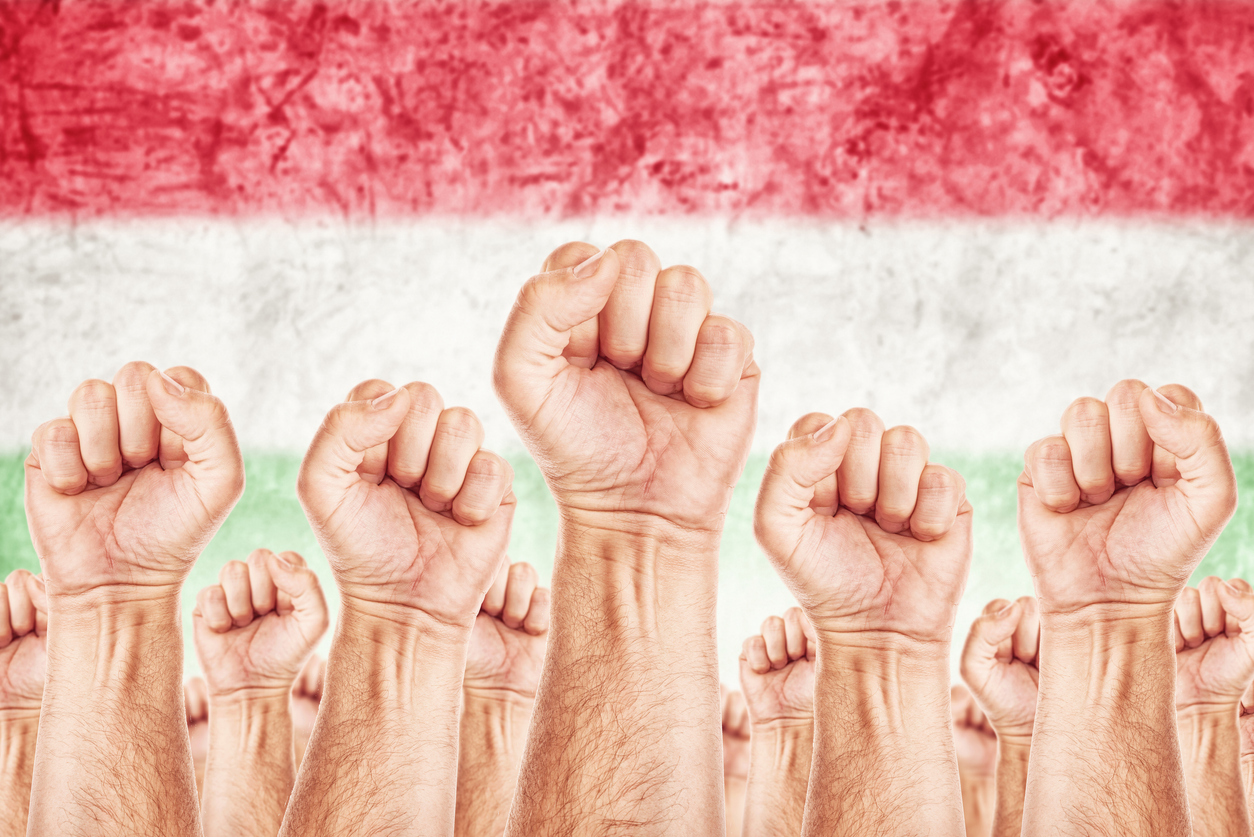
Teachers in Hungary Oppose Democratic Backsliding
Time Period: 202-2024Location: Budapest, HungaryMain Actors: Tanítanék NGO, Hungarian teachers, students, and parentsTactics - Assemblies of protest or support - Human chains - Destruction of Government Documents Hungarian democracy has...
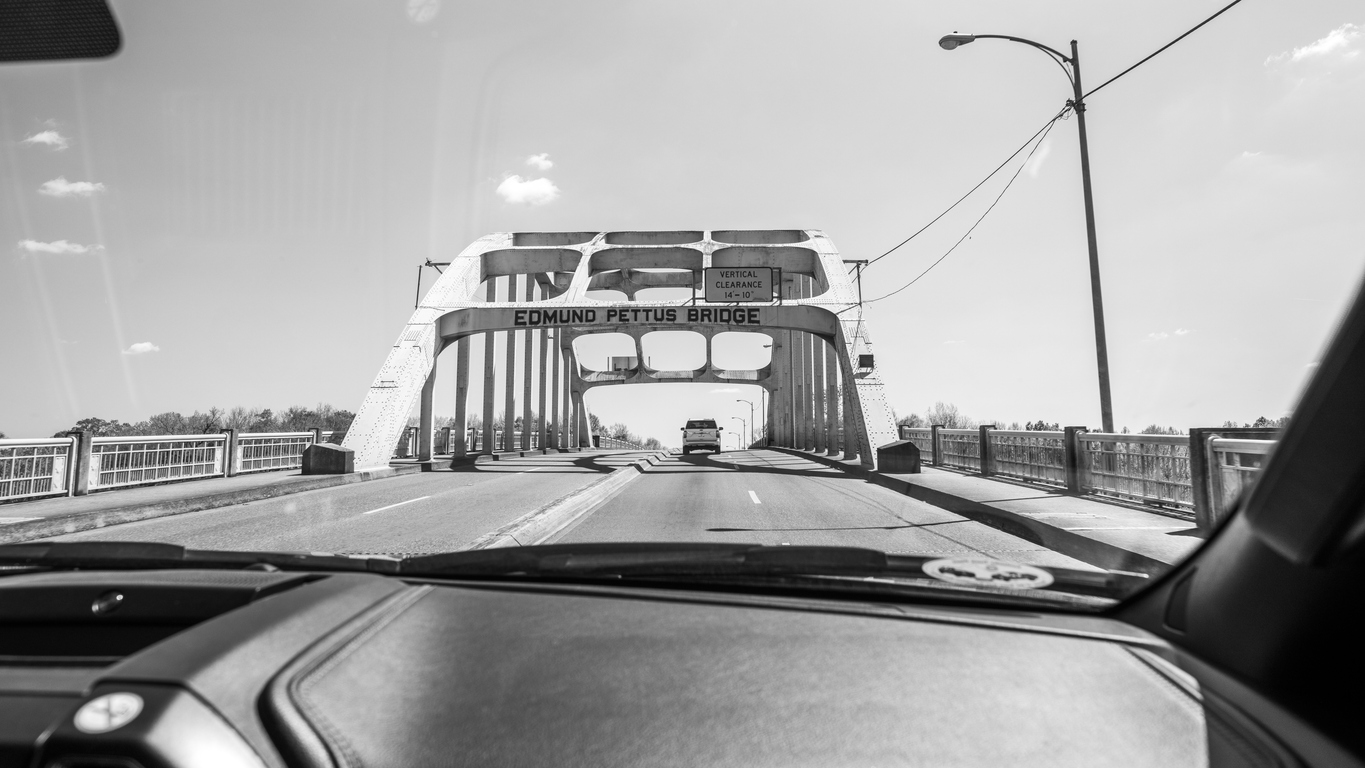
The Quakers Advance Democracy in the US Civil Rights Movement
Time Period: 1956-1968Location: Montgomery & Birmingham, AL; Prince Edward County, VA; Washington, DC; Cape May, NJ; New Delhi, IndiaMain Actors: American Friends Service Committee, Bayard Rustin.Tactics - Publishing Dissenting Literature...
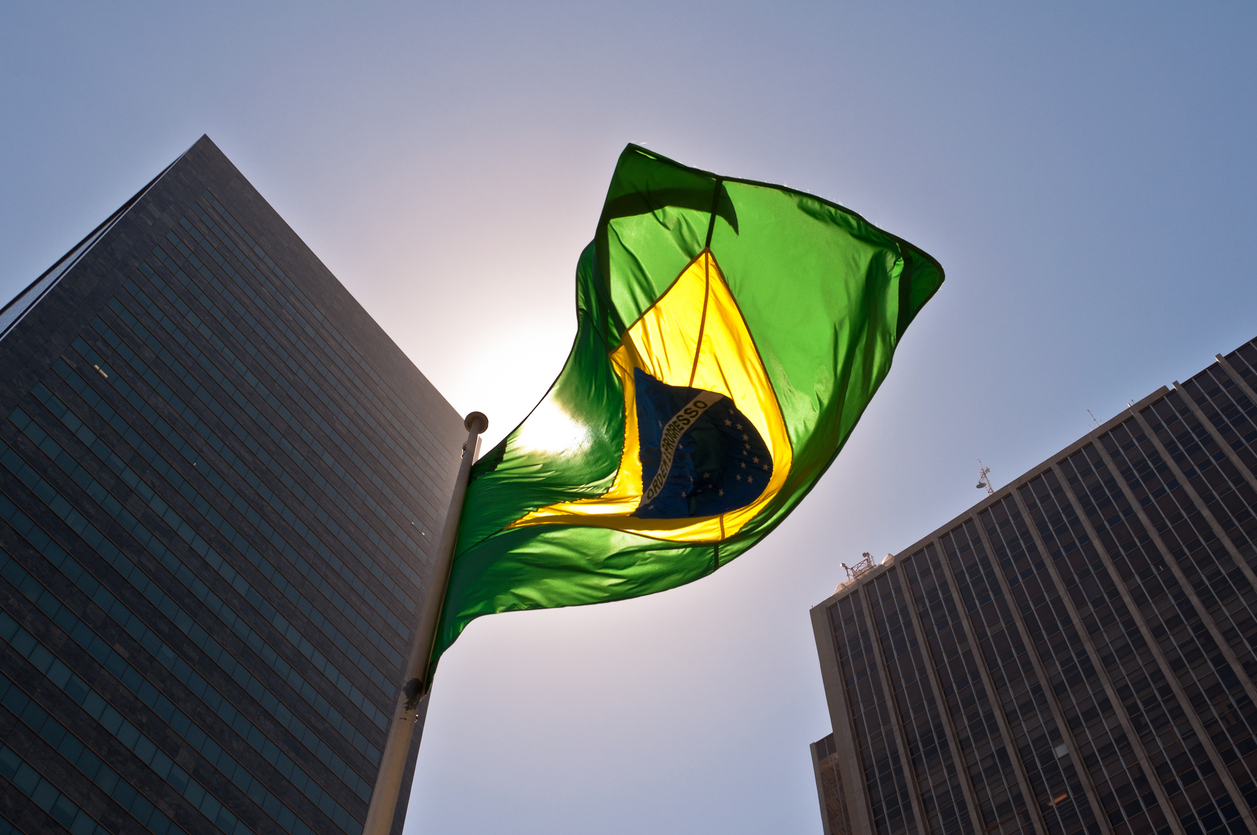
Brazilian Business Leaders Push Back on an Illiberal President
Time Period: 2019-2023Location: Brazil, especially Rio de JaneiroMain Actors: Federation of Industries of the State of São Paulo, Instituto Ethos, Sistema BTactics: - Declarations by organizations and institutions - Signed...

Sensemaking
Addressing complex challenges like authoritarian resurgence, political violence, and systemic racism requires multiple approaches and learning across communities and disciplines. The Horizons Project is committed to curating and synthesizing insights...

The Brain on Authoritarianism
The Horizons Project and Beyond Conflict partnered to create this video on 'The Brain on Authoritarianism' to support broad-based "united front" organizing in response to the rising authoritarian threat in...
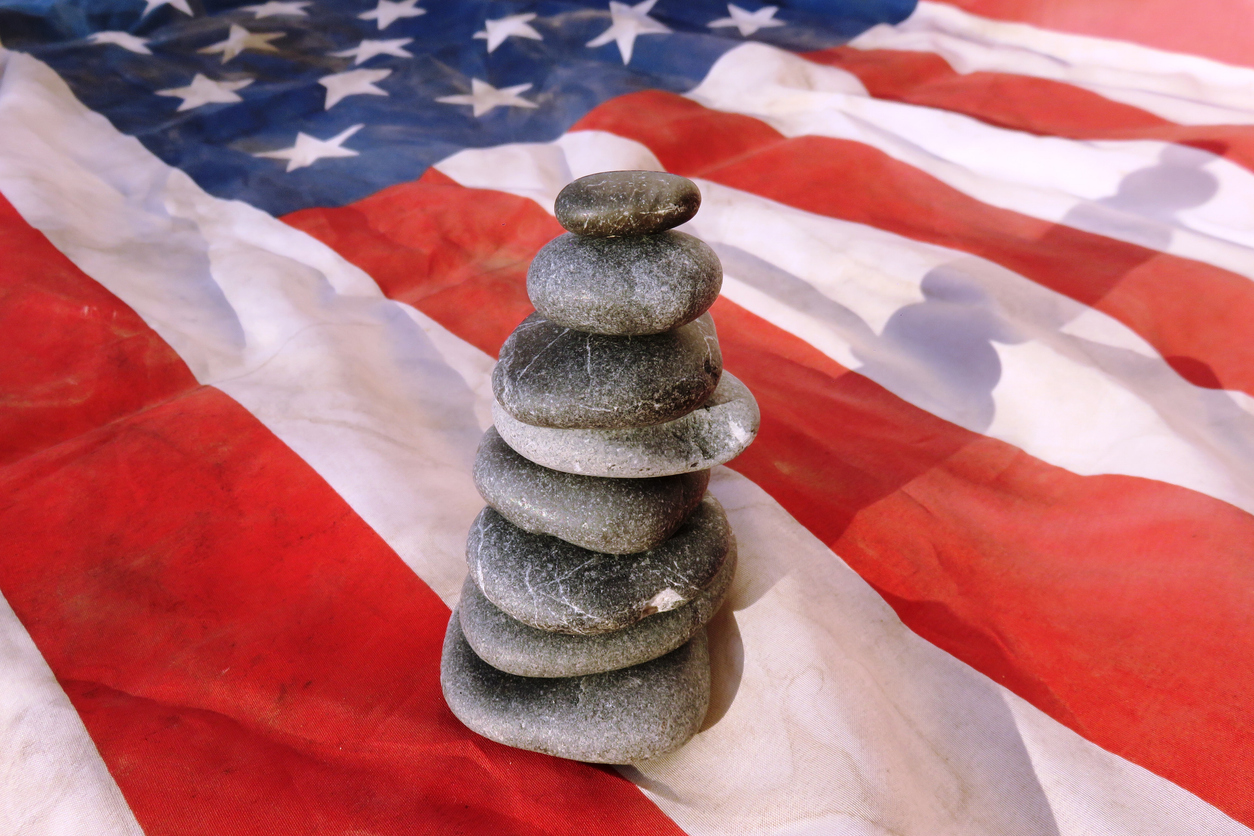
Veterans Defend Standing Rock Protesters
Time Period: December 2016Location: United States, North Dakota (Standing Rock Reservation)Main Actors: Veterans, Veterans Stand for Standing RockTactics - Protest - Non-violent occupation - Assemblies of protest The Standing Rock...
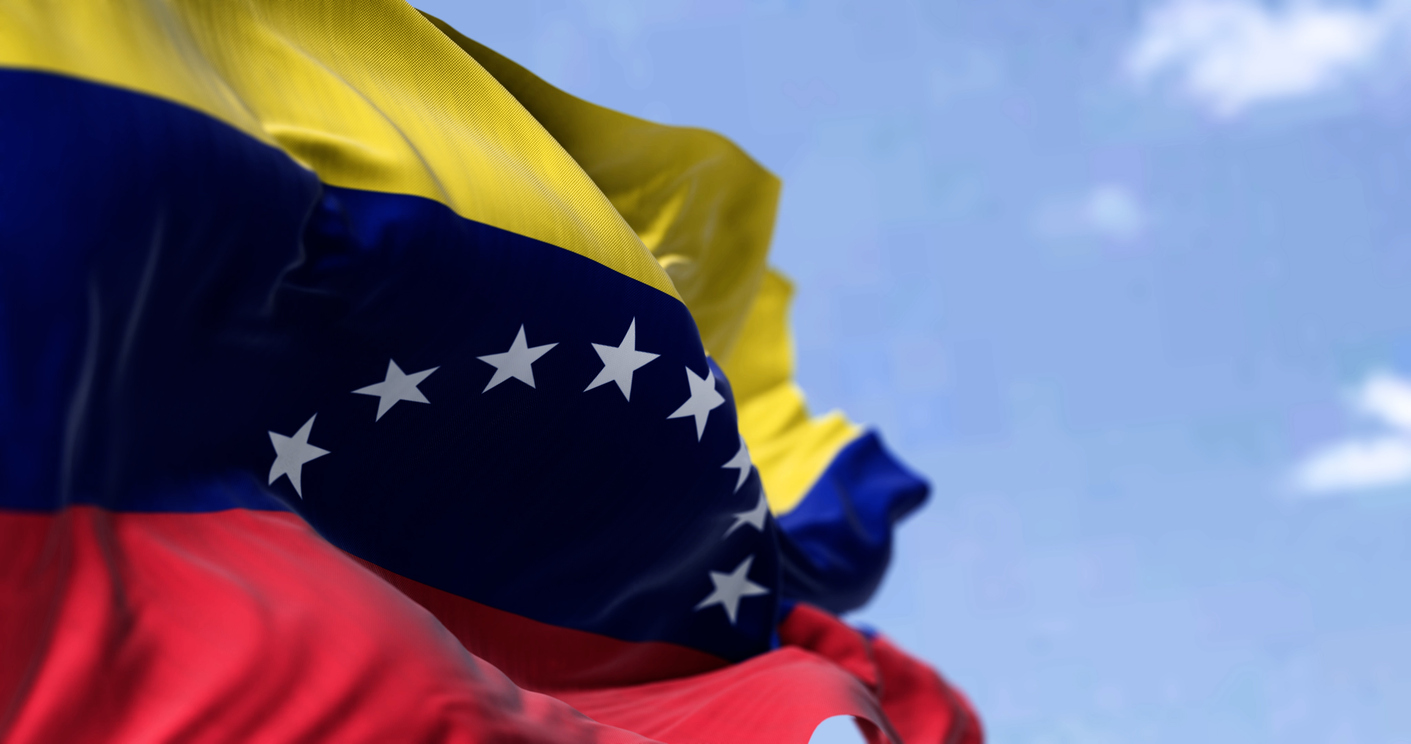
Venezuelan Military Officers Refuse Honors from a Dictator
Time Period: June 2000Location: VenezuelaMain Actors: Venezuelan Military OfficersTactics - Selective social boycott Venezuela began a long, sad road towards authoritarianism and economic crisis during Hugo Chávez’s presidency (1999-2013). The...
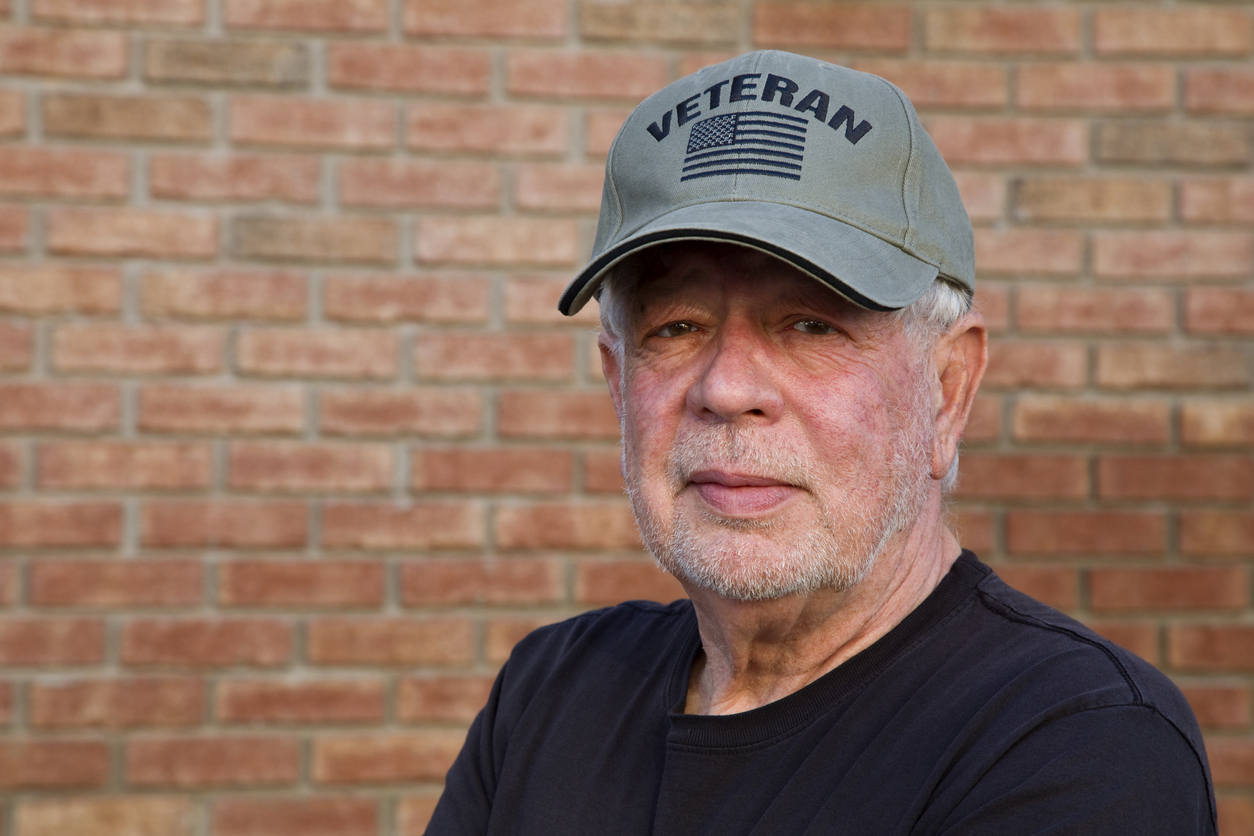
A “Wall of Vets” Protects Free Expression in Portland
Time Period: Summer 2020Location: Portland, Oregon (and then spread across USA)Main Actors: Wall of Vets Facebook GroupTactics - Protective Presence - Nonviolent Interjection Following the police killing of George Floyd...

US Military Leaders Affirm Their Commitment to Democracy
Time Period: January 2021Location: Washington, DCMain Actors: US Joint Chiefs of StaffTactics - Letters of Opposition or Support On January 6th, 2021, the United States faced a direct threat to...
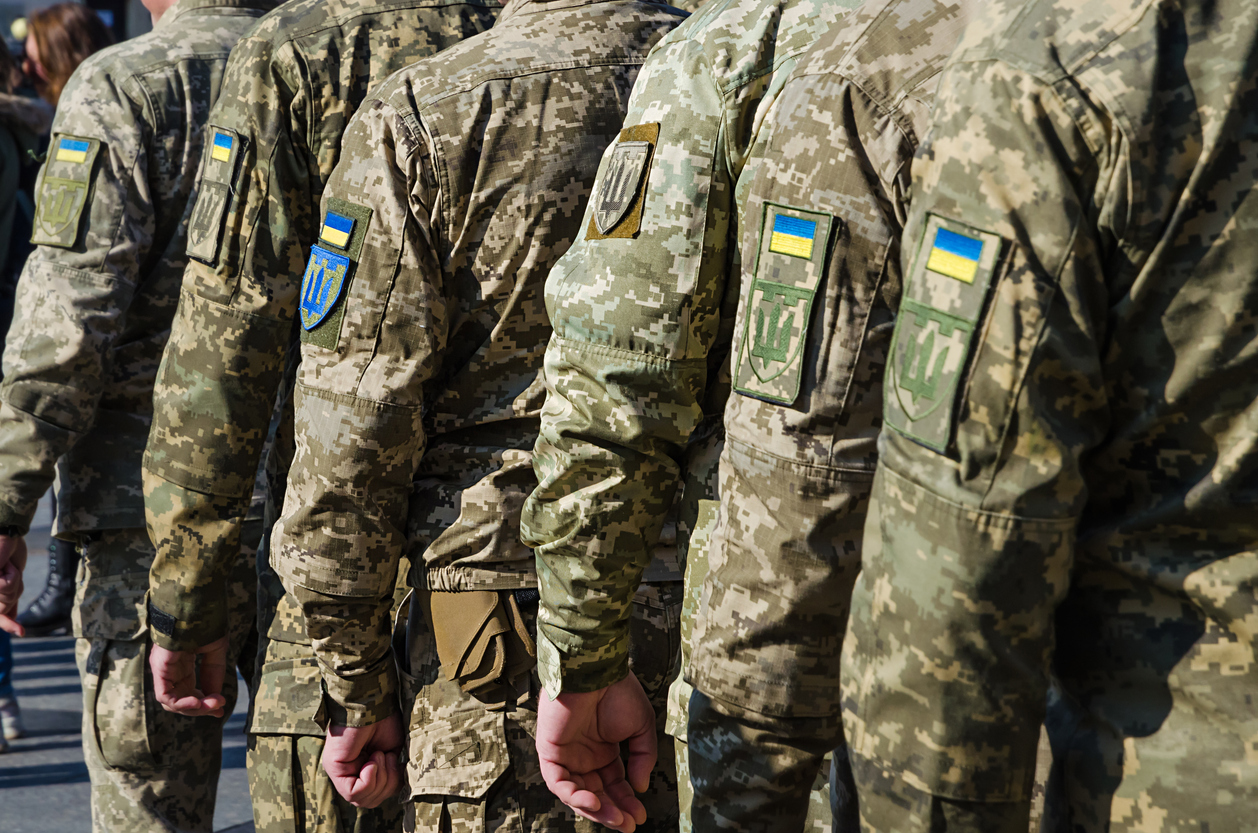
Ukrainian Veterans Save Lives Through Quiet Diplomacy
Time Period: December 2002 - December 2004Location: UkraineMain Actors: General Volodymyr Antonets, veterans & officers in the Ukrainian security forcesTactics - Dialogue/engagement - Fraternization - Withholding or withdrawal of allegiance...
